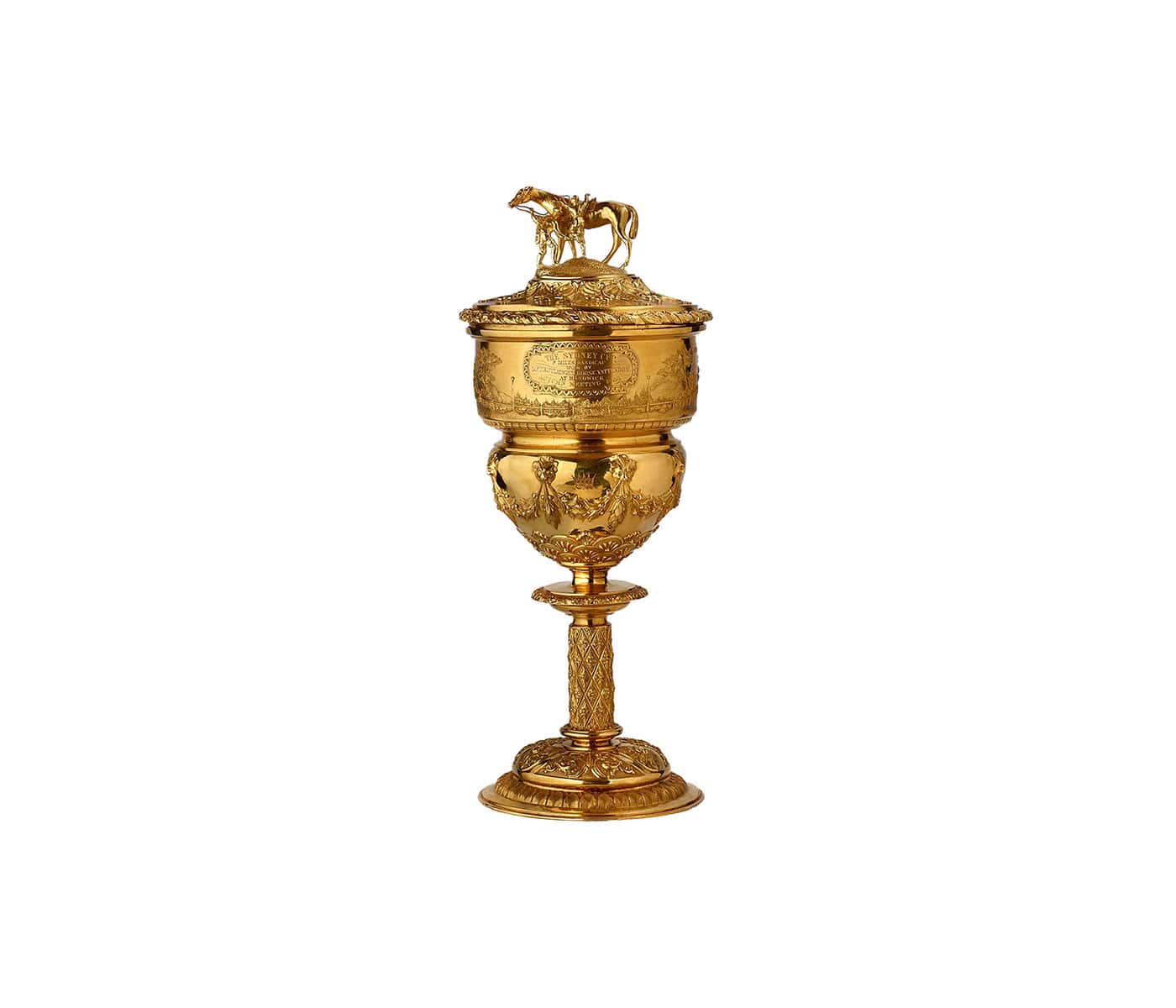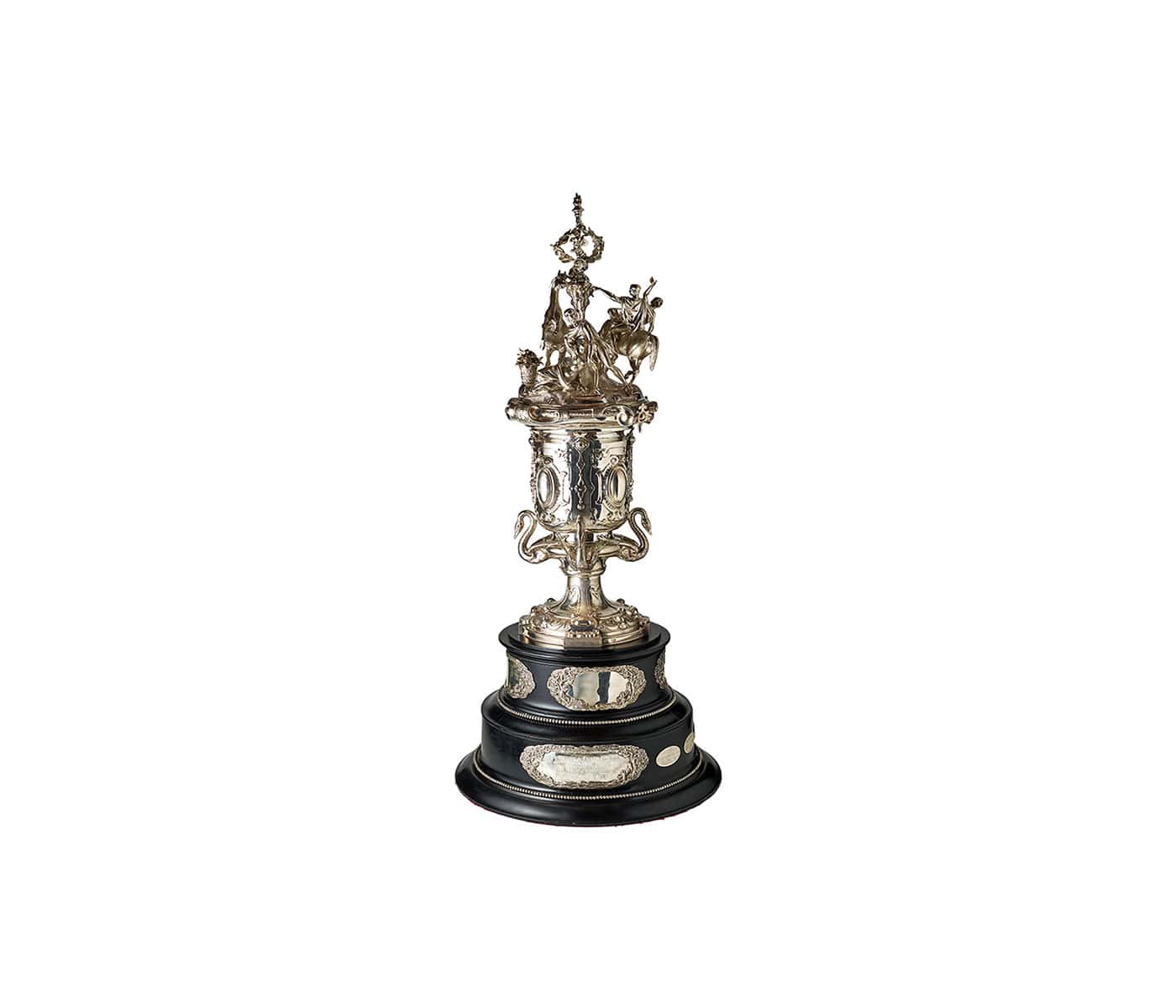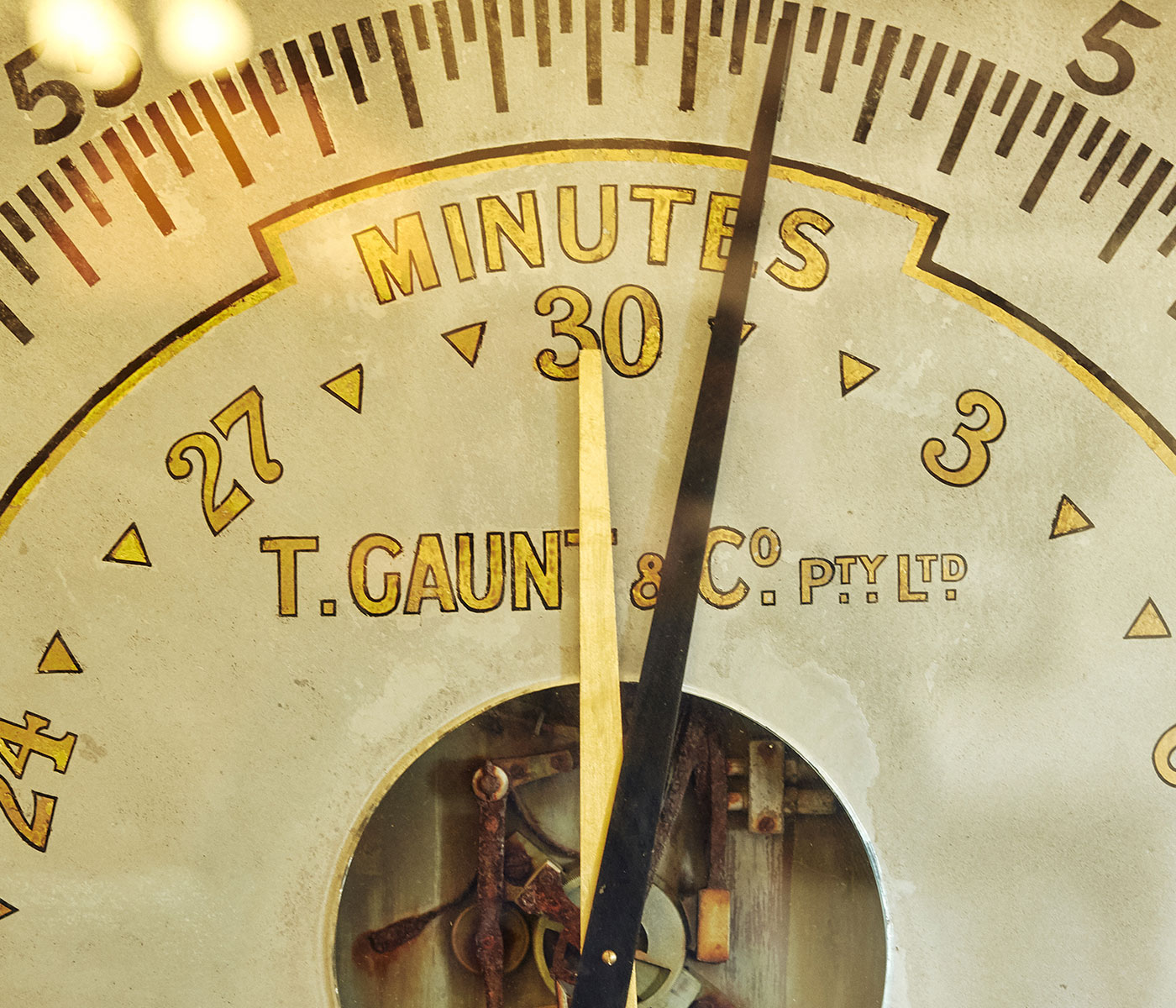Please note that the ATC Heritage Centre is currently closed and will remain so until further notice. However, access to a limited ATC Library is available upon request.
Located within the iconic Royal Randwick Racecourse, the ATC Heritage Library offers access to limited archives, dedicated to the history of horse racing. Visitors are welcome to explore our collection of racing books and turf registers.
Conveniently situated within the Administration Building of the ATC, Alison Road, Randwick, the library provides designated customer parking for easy access.
Open by appointment only, please contact 02 9663 8400 or email community@australianturfclub.com.au to plan your visit.




